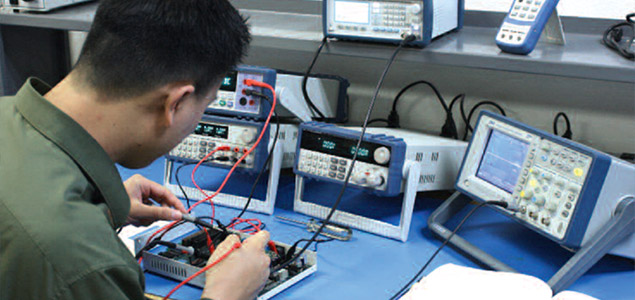
Bk Precision 20 Mhz Oscilloscope Model 2120 Manual Transmission
Full text of ' INSTRUCTIOIM MANUAL TEST INSTRUMENT SAFETY WARNING I Normal use of test equipment exposes you to a certain amount of danger from electrical shock because testing must often he performed where exposed high voltage is present. An electrical shock causing 10 milliamps of current to pass through the heart will stop most human heartbeats. Voltage as low as 35 volts dc or ac rms should be considered dangerous and hazardous since it can produce a lethal current under certain conditions.
Higher voltage poses an even greater threat because such voltage can more easily produce a lethal current. Your normal work habits should include all accepted practices that will prevent contact with exposed high voltage, and that will steer current away from your heart in case of accidental contact with a high voltage. You will significantly reduce the risk factor if you know and observe the following safety precautions: 1.
20MHz is plenty for audio work, not so good for fast digital signals. BK Precision Model 2120A Dual-Channel 20Mhz Oscilloscope w/Probe Basically. 1) Take a standard 1/4' jack plug patch lead and plug one end into the output on your synth. And I'm tending to not like digital test gear. Description Description. B&K Precision’s model 2120B is a dual trace oscilloscope that offers high performance at a low price. Most competitor’s entry level oscilloscopes have a 20 MHz bandwidth, while B&K Precision’s models 2120B has a bandwidth of 30 MHz.
Don’t expose high voltage needlessly in the equipment under test. Remove housings and covers only when necessary. Turn off equipment while making test connections in high-voltage circuits. Discharge high-voltage capacitors after removing power. If possible, familiarize yourself with the equipment being tested and the location of its high voltage points. However, remember that high voltage may appear at unexpected points in defective equipment. Use an insulated floor material or a large, insulated floor mat to stand on, and an insulated work surface on which to place equipment; make certain such surfaces are not damp or wet.
Use the time-proven “one hand in the pocket” technique while handling an instrument probe. Be particularly careful to avoid contacting a nearby metal object that could provide a good ground return path. When using a probe, touch only the insulated portion. Never touch the exposed tip portion. When testing ac powered equipment, remember that ac line voltage is usually present on some power input circuits such as the on-off switch, fuses, power transformer, etc.
Any time the equipment is connected to an ac outlet, even if the equipment is turned off. Some equipment with a two-wire ac power cord, including some with polarized power plugs, is the “hot chassis” type. This includes most recent television receivers and audio equipment. 
When the cabinet is removed for servicing, a serious shock hazard exists if the chassis is touched. Not only does this present a dangerous shock hazard, but damage to test instruments or the equipment under test may result from connecting the ground lead of most test instruments (including this oscilloscope) to a “hot chassis”.
To make measurements in “hot chassis” equipment, always connect an isolation transformer between the ac outlet and the equipment under test. The B+K Precision Model TR-1 10 or 1604 Isolation Transformer, or Model 1653 or 1655 AC Power Supply is suitable for most applications.
To be on the safe side, treat all two-wire ac powered equipment as “hot chassis” unless you are sure it has an isolated chassis or an earth ground chassis. Never work alone. Someone should be nearby to render aid if necessary.
Training in CPR (cardio-pulmonary resuscitation) first aid is highly recommended. TABLE OF CONTENTS Page TEST INSTRUMENT SAFETY inside front cover FEATURES 3 SPECIFICATIONS 4 CONTROLS AND INDICATORS 6 Vertical Controls 6 Horizontal Controls 7 Triggering Controls 8 Rear Panel Controls 8 OPERATING INSTRUCTIONS 10 Safety Precautions 10 Equipment Protection Precautions 10 Operating Tips 10 Initial Starting Procedure 11 Single Trace Display 11 Dual Trace Display 12 Triggering 12 Page OPERATING INSTRUCTIONS Cont.) Magnified Sweep Operation 14 X-Y Operation 14 Video Signal Observation 14 Applications 14 MAINTENANCE 15 Fuse Replacement 15 Line Voltage Selection. 15 Periodic Adjustments 15 Calibration Check 16 Instrument Repair Service 16 APPENDIX I 17 WARRANTY SERVICE INSTRUCTIONS 18 LIMITED TWO-YEAR WARRANTY 19 “Guidebook to Oscilloscopes” Ordering Information inside back cover FEATURES DUAL TRACE FEATURES Dual Trace Model 2 1 20 has two vertical input channels for displaying two waveforms simultaneously. Selectable single trace (either CH 1 or CH 2) or dual trace.